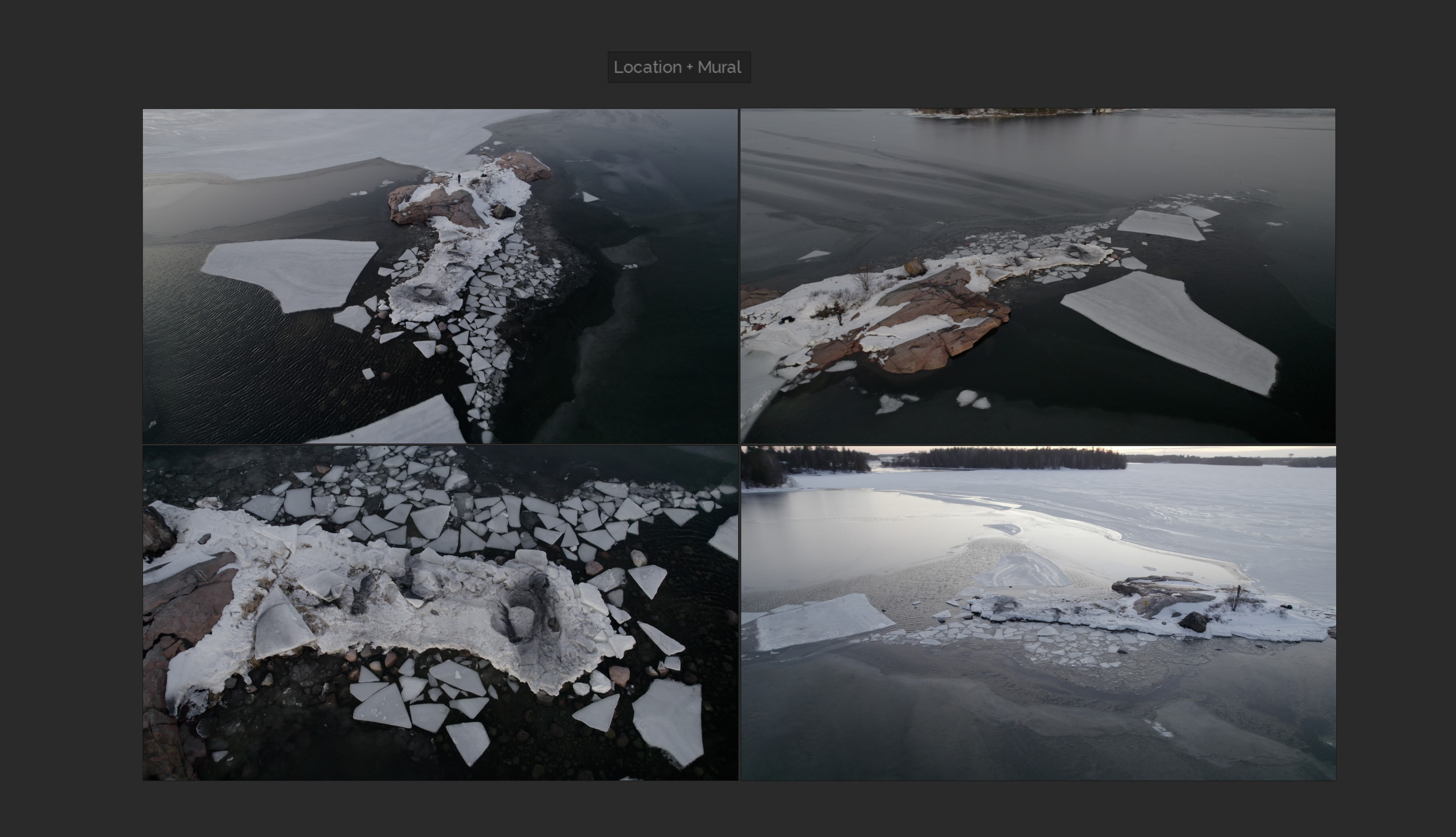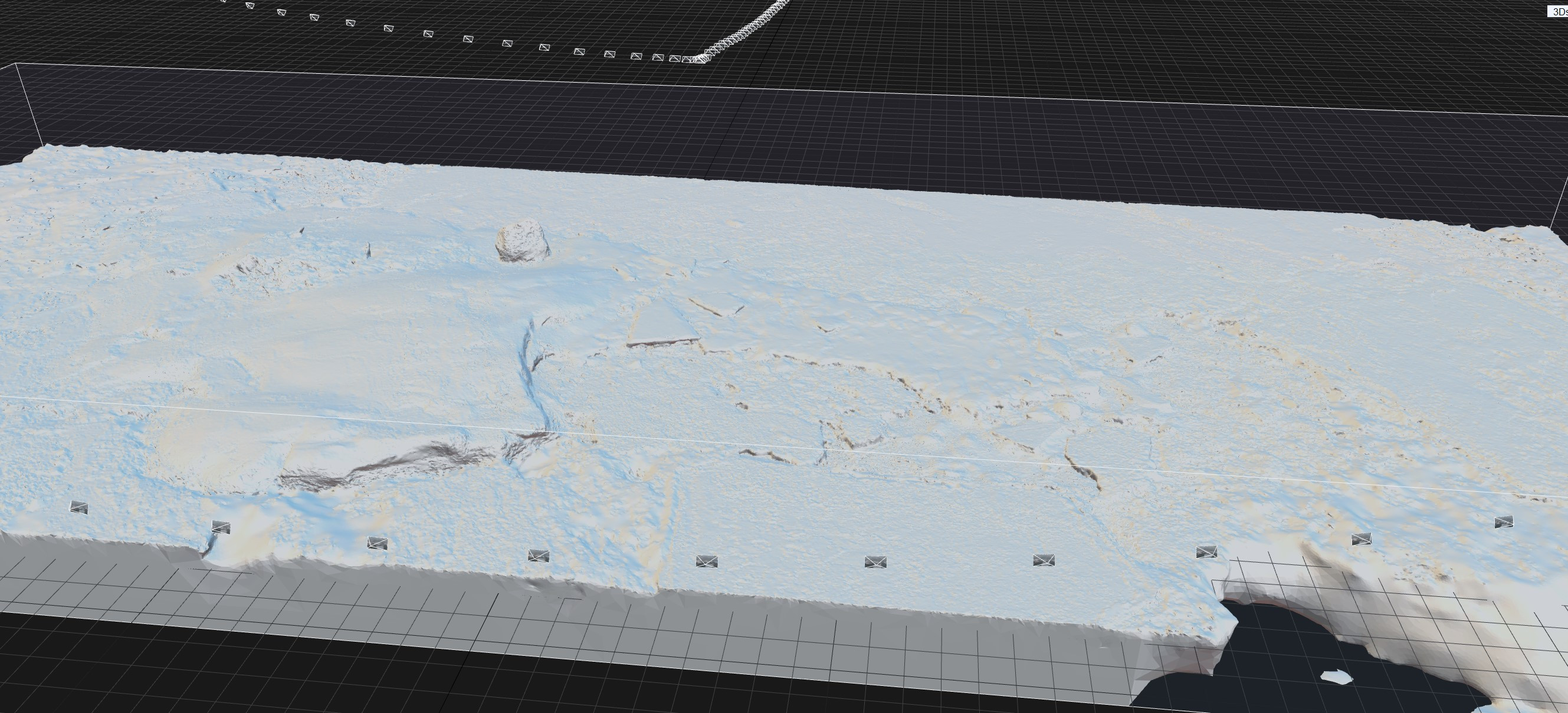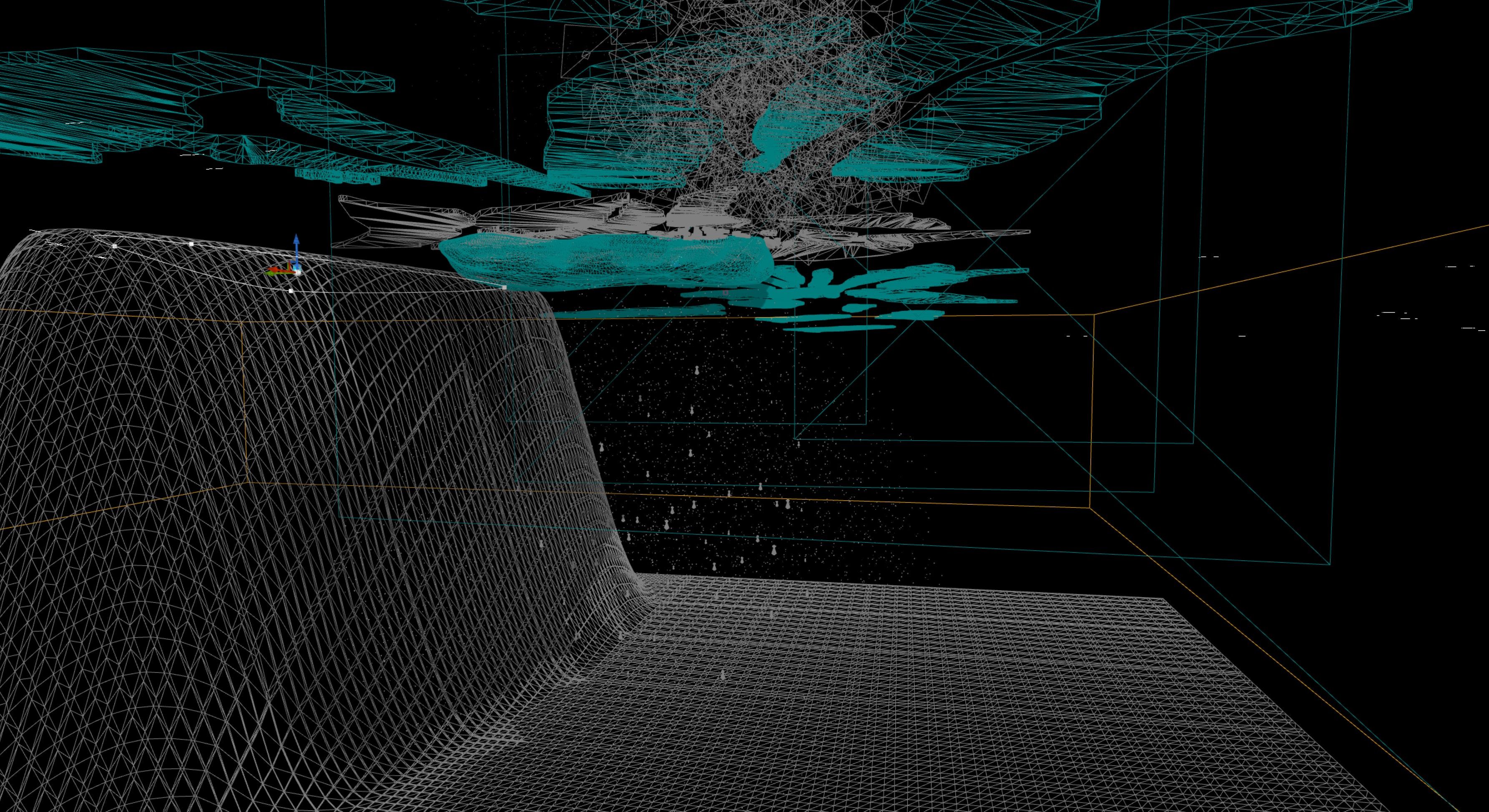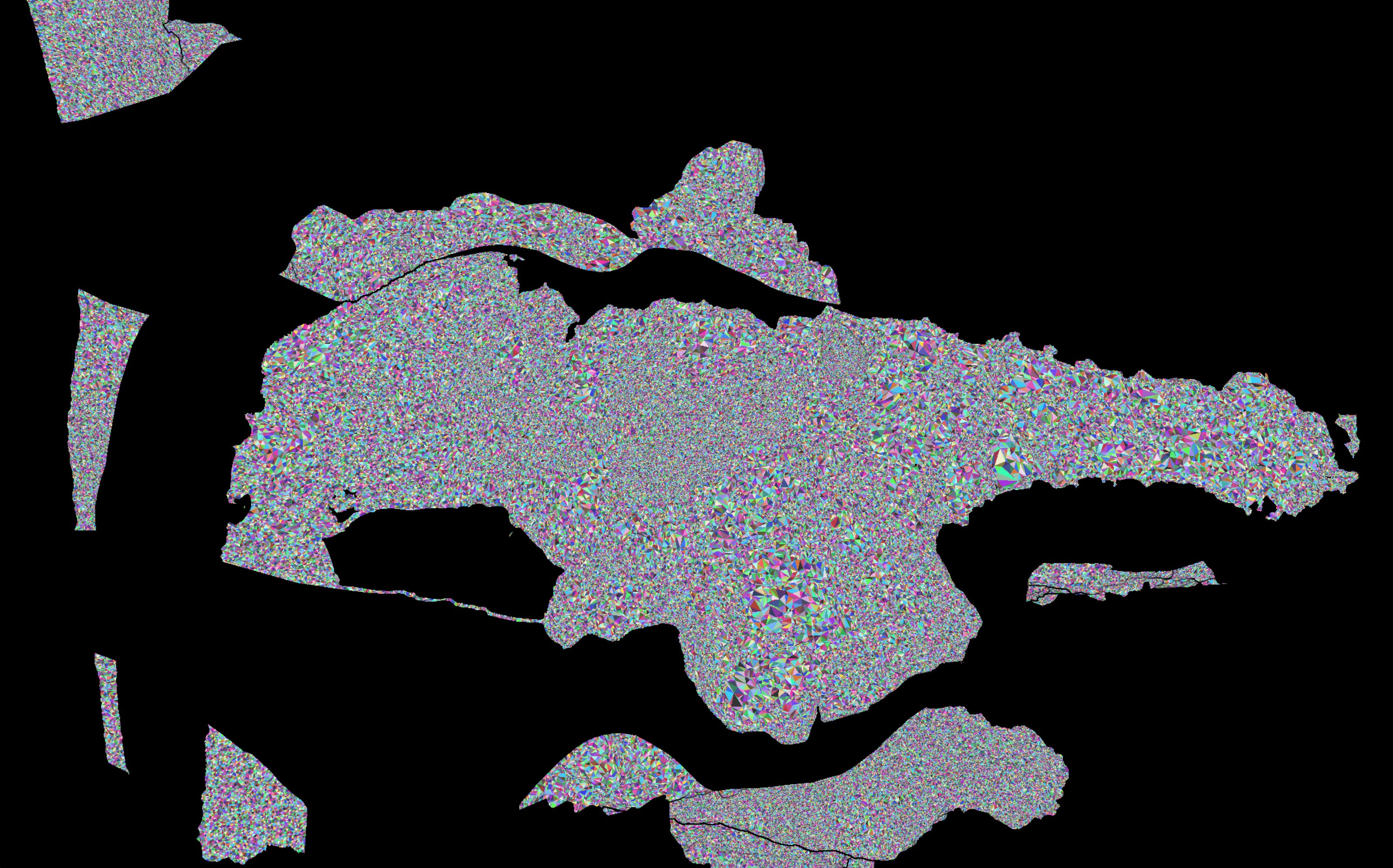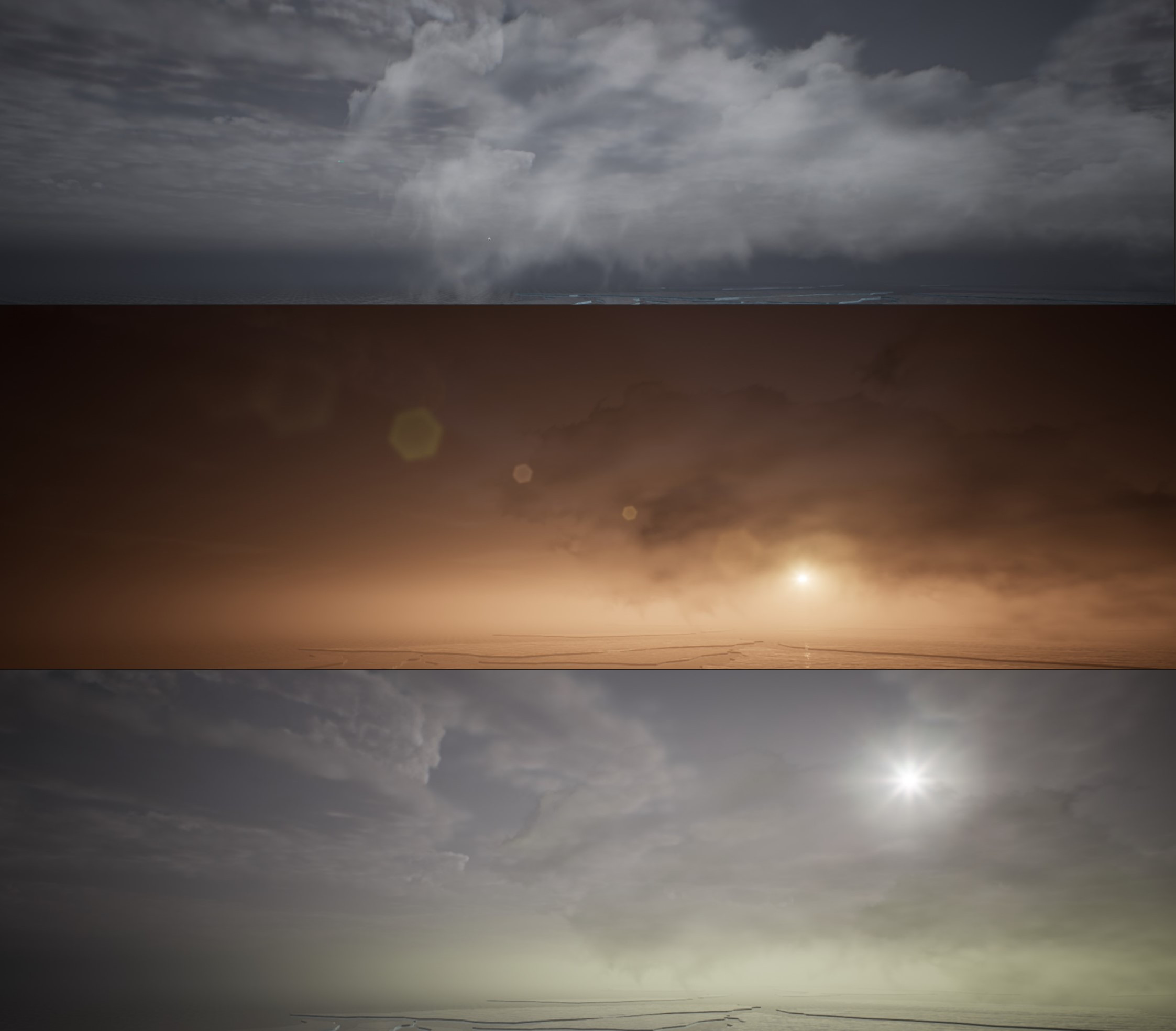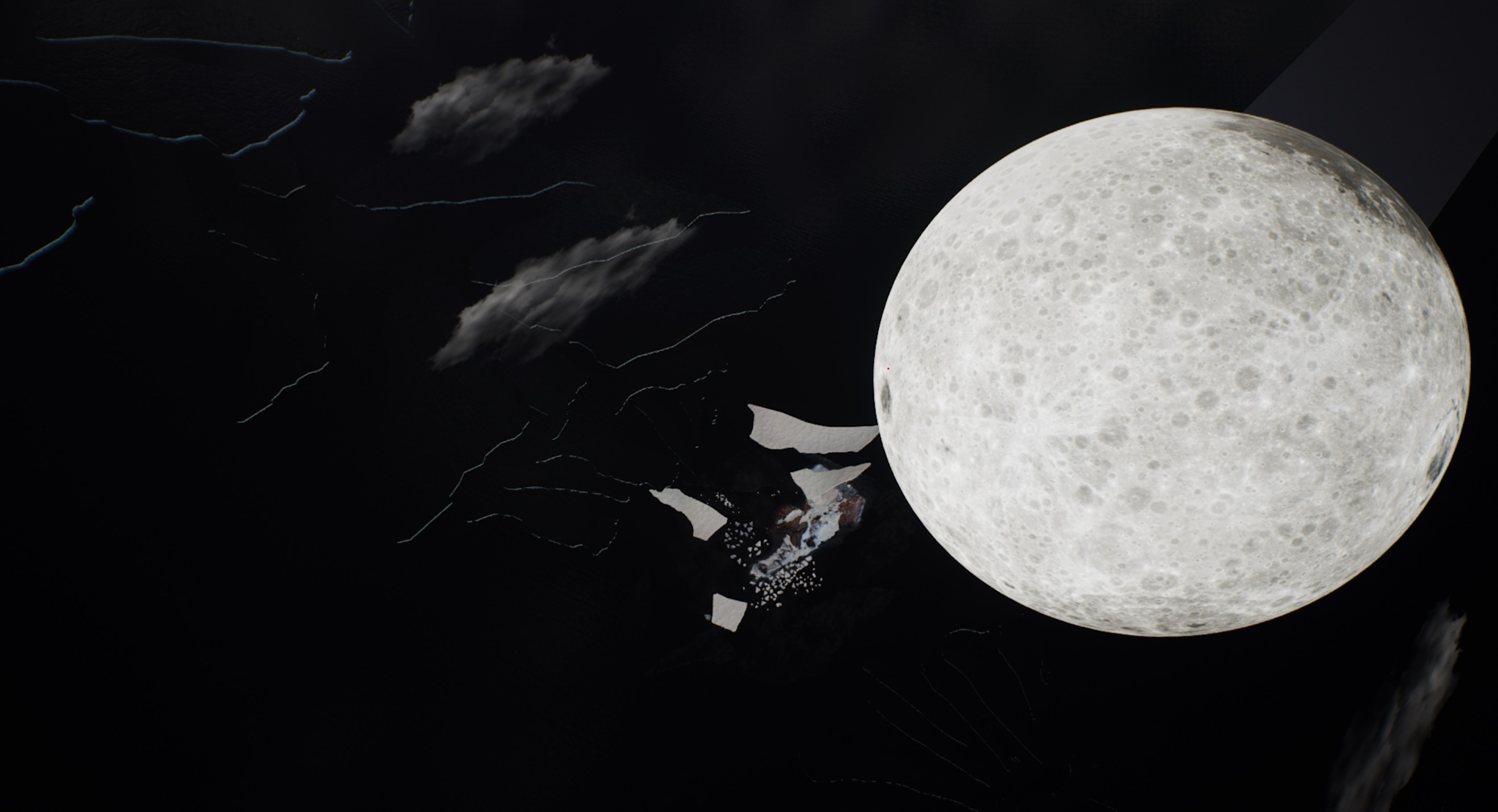Floating Vestiges ♂
The finished piece, sound and additional color correction by David Popa.
At this point I also animated the ice pieces breaking apart and floating off in all directions. I ended up moving each piece by hand in order to achieve the choreography that I was looking for.
The sun and sky system us fully dynamic, and David and I eventually decided to have an entire 25 hours pass over the course of the piece. To do this I had to makes sure the lighting looked good throughout the day which just came down to tweaking.
It has been such a joy and honor to collaborate with David Popa on this piece, as part of his "Fractured Series."
◇
Located on the Gulf of Finland, the "Fractured Series" is a project by artist David Popa where massive land art murals are created on the melting, fractured pieces of ice by use of natural materials such as charcoal and earth.
I crafted this 3D sculpture using photogrammetry scans of the real mural, in combination with 3D animation and rendering techniques, to create a totally new concoction. This new creation is a conversation with the original mural which has since been lost to the melting ice floats.
◇
I really wanted to capture the spirit of the piece, and of the gorgeous location David found. Just as David worked in tandem with the physical landscape, to craft the original mural, I worked in tandem with that initial artwork to recreate a new perspective. A perspective that depicts the fracturing of the ice chunks. That fracturing is intertwined with the meaning of this series for me. Turning inward, I find it difficult to stay whole under the stress from pent-up fear, sadness, and frustrations, that have compounded over the past three years. Turning outward, I observe as hairline cracks expand into enormous fissures between people, between countries. The ongoing war in Ukraine has been heavy on David and my mind as we worked through these pieces. On the roughest days, I struggle to believe it is even possible to mend the separateness. The pieces feel too splinted beyond repair; they feel too large and their inertia too overwhelming. What I hope these artworks convey, is that as we sink below the surface, a new world opens up to us, that we did not see before, but has been there all along. It is a spiritual world. Though it is murky and uncertain, it is a place of hope. One day the sun will rise again, over the surface of the water, and make all things new.
◇
Check out the full link to the project here.
https://www.davidpopaart.com/fractured-nft-release

